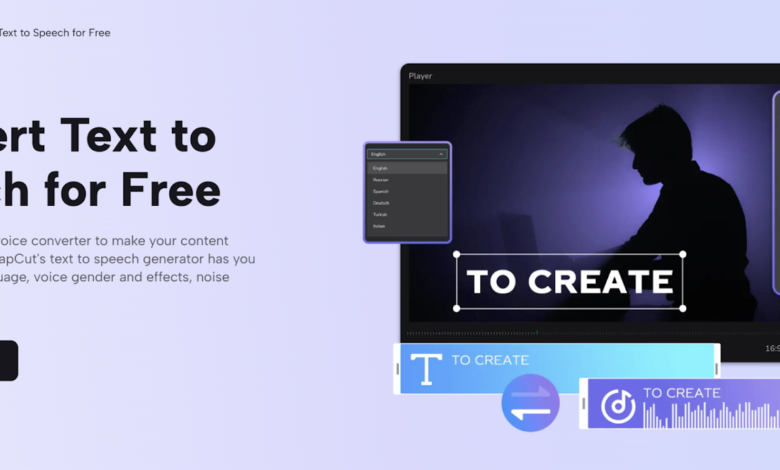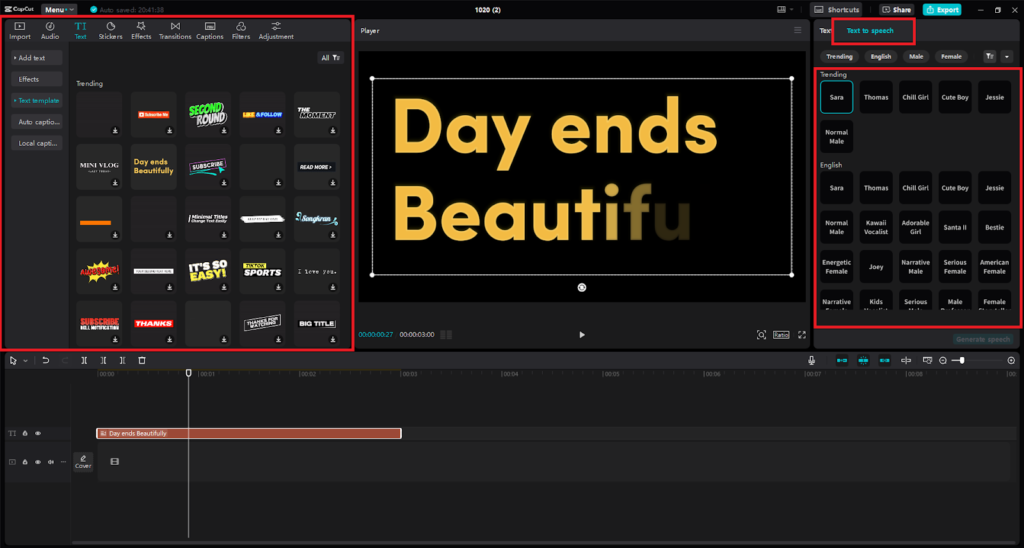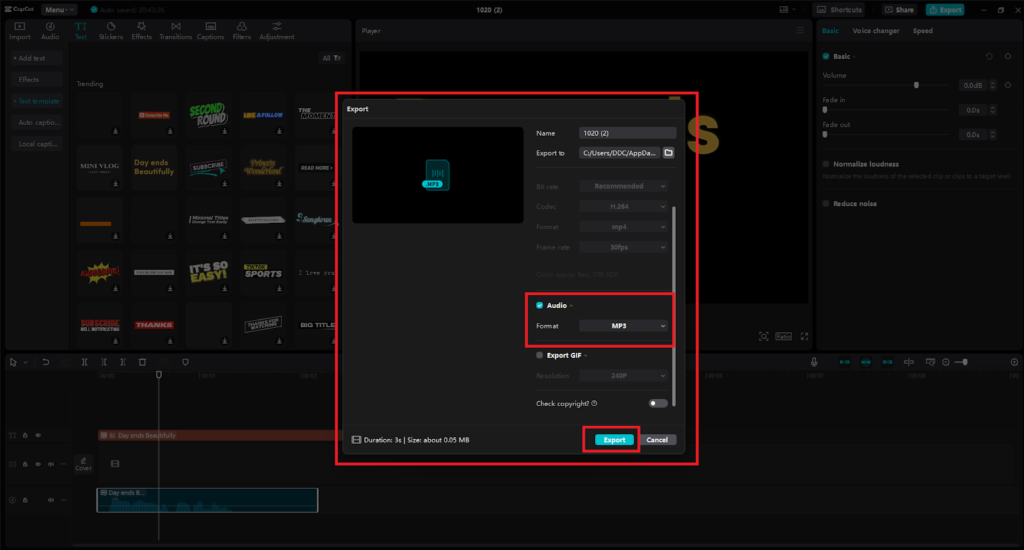Text to Voice Conversion: Bridging the Gap Between Written and Spoken Language

Text-to-voice technology has evolved dramatically beyond early speech synthesizers’ robotic and monotonous voices. Today, it’s a dynamic field reshaping how we interact with information and technology. By converting written text into spoken language, Text-to-voice bridges the gap between these two fundamental forms of communication, creating opportunities for accessibility, convenience, and innovation.
The Mechanics of Text-to-voice: From Text to Speech
At its core, Text-to-voice relies on sophisticated algorithms that analyze text and generate corresponding speech waveforms. This process involves several key steps. First, the text is broken down into smaller units, such as words and phonemes (the individual sounds that make up words). Next, the system applies pronunciation, intonation, and rhythm rules to these units.
This includes considering factors like stress, pauses, and inflection to create natural-sounding speech. Advances in artificial intelligence, particularly machine learning, and deep learning, have significantly enhanced the quality and naturalness of synthesized speech. These technologies enable Text-to-voice systems to learn from vast quantities of speech data, capturing the subtle nuances of human language and producing more expressive and human-like voices.
Transform Your Videos with CapCut’s Text-to-Speech Feature
CapCut is a free video editing software. CapCut’s text-to-speech (TTS) feature allows you to seamlessly integrate natural-sounding voiceovers, perfect for enriching your storytelling or creating dynamic dialogue. Here’s how to harness its power:
Step 1. Add Text
Navigate to the timeline and locate the “Text” button. From the dropdown menu, select “Add Text.” Type or paste your desired text into the box. Then, click the “Text-to-Speech” button at the bottom of the text box to unlock a world of vocal possibilities.
Step 2. Fine-Tune Your Voiceover
CapCut offers a diverse range of voices. Select your preferred language and then explore the various gender and accent options to find the perfect voice to complement your content.
Once you’ve chosen your voice, customize it further:
Pitch Perfect: Modify the voice’s pitch to create a higher or lower tone.
Volume Control: Fine-tune the volume to ensure your voiceover blends seamlessly with your video’s audio.
Smooth Transitions: Apply fade-in and fade-out effects for a polished, professional sound.
Crystal-Clear Audio: Enable noise reduction to eliminate background noise from the generated speech.
When you’re happy with your settings, hit the “Generate” button to convert your text to voice. The generated audio will appear as a separate track on your timeline and be ready for further editing. Trim, split, or apply other audio effects to perfect the mix.

Step 3. Export and Share
Once your video has its captivating voiceover, it’s time to share it. Click the “Export” button and choose from various video formats and quality settings. Click “Export” again to save your masterpiece. Now, you can easily share your creation on social media platforms or download it for offline viewing.
With CapCut’s user-friendly TTS feature, you can effortlessly elevate your videos, adding a professional touch and enhancing audience engagement. So why wait? Start exploring the possibilities today and give your videos the voice they deserve!

Expanding Applications and Impact
The applications of Text-to-voice are diverse and constantly growing. For individuals with visual impairments or learning disabilities like dyslexia, Text-to-voice offers a vital tool for accessing written information. It allows them to listen to books, articles, and documents, promoting independence and inclusion. Text-to-voice also powers assistive technologies like screen readers, which vocalize on-screen text, making digital content accessible. Beyond accessibility, Text-to-voice enhances convenience and productivity in various areas. It enables users to listen to emails and messages while multitasking, converts text-based documents into audiobooks for on-the-go consumption, and facilitates language learning through accurate pronunciation modeling.
The influence of Text-to-voice extends beyond individual use. In education, it can support students in improving their reading comprehension and language skills by providing auditory learning. Text-to-voice enables automated voice responses and interactive voice systems in customer service, improving efficiency and accessibility. Furthermore, Text-to-voice is integrated into various devices and platforms, from smartphones and smart speakers to cars and home automation systems, creating more natural and intuitive user interfaces.
As Text-to-voice technology advances, we see integration with other video editing tools, such as the ability to ‘remove background from video,’ reflecting a trend towards comprehensive and user-friendly content creation platforms.
Overcoming Challenges
Despite significant progress, challenges remain in Text-to-voice development. Accurately capturing the emotional nuances of human speech, such as sarcasm and humor, continues to be a complex task. Similarly, synthesizing diverse accents and dialects with high fidelity requires extensive language data and sophisticated algorithms. Researchers are actively working to address these challenges, pushing the boundaries of Text-to-voice technology to create even more natural and expressive synthetic voices.
Text-to-voice is a powerful technology transforming how we engage with written information. Bridging the gap between written and spoken language enhances accessibility, convenience, and communication across diverse domains. As technology evolves, we can anticipate even more innovative applications and a future where the spoken word plays an even more prominent role.
Conclusion
The text-to-voice technology has emerged as a game-changer, bridging the gap between written and spoken language. Its impact spans various domains, from enhancing accessibility and convenience for individuals to transforming how we interact with technology and consume information. While challenges persist in perfecting nuances like emotion and accent, ongoing research and development promise even more natural and expressive synthetic voices in the future. As Text-to-voice continues to evolve, it holds the potential to revolutionize communication and further break down barriers in an increasingly digital world.



